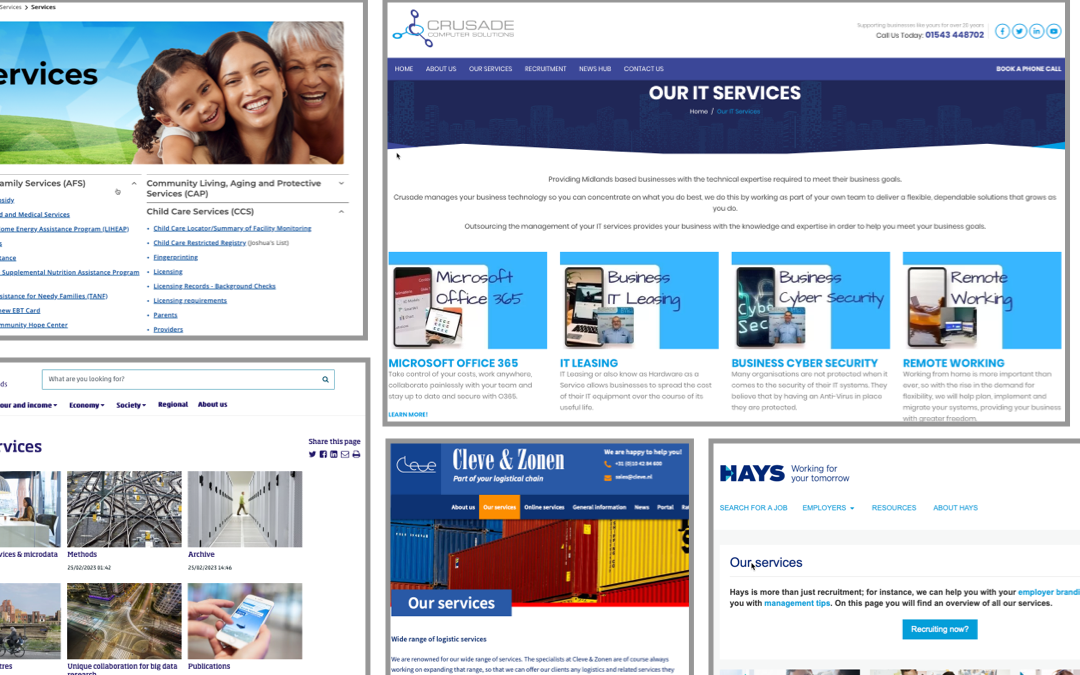Service-Dominant Logic (SDL) is a perspective in the field of business and marketing that shifts our focus from traditional goods-centric views to a more customer-centric and service-oriented approach. It recognizes that services are the fundamental basis of all economic exchange. In simple terms: customers don’t just buy products; they seek solutions to their problems and experiences that fulfill their needs. A quick Google search for ‘our services’ confirms that most organization formulate their offerings as services.
This idea is not new, it has been around for over 20 years. Remarkably, the service management space is still trying to catch up. The majority of frameworks, practices and tools are still based on the outdated notion of delivering products. This results in misalignment between service providers and their customers.
So what can a service provider (which means nearly every organization on the planet) learn from SDL? Let’s take a look at some of the main SDL principles:
- Service is the fundamental basis of exchange.
- Goods are a distribution mechanism for service provision.
- People’s skill and knowledge are the fundamental source of competitive advantage.
- All economies are service economies.
- The customer is always a co-creator of value.
- The enterprise cannot deliver value, but only offer value propositions.
- A service-centered view is inherently customer oriented and relational.
- Value is always uniquely and phenomenologically determined by the beneficiary.
These principles clearly communicate a service-oriented mindset with a strong customer focus. The customer is actively participating in the creation of value and in the end determines (and experiences) the value of a service. This means that there is an ongoing relationship between provider and customer.
So what does this mean for the service management space? It means that we desperately need to goodbye to the product / asset focused way of thinking. Services are the name of the game and so is a focus on customer needs and desired outcomes. This new way of thinking can be challenging but is definitely worthwhile. In a follow-up series of blogs we will further elaborate on tools and methods which can help adopting a service-oriented mindset.

